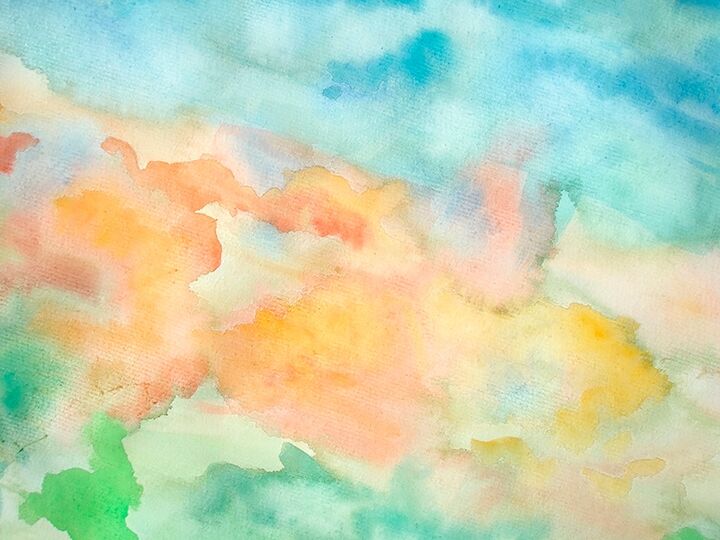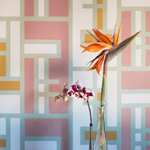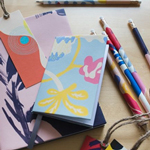Interior designers, advertisers and artists all use colour psychology as a powerful communication tool to help influence mood and actions. Here we explore how to use the universal language of colour to create an emotionally healthy environment in different areas of your home.
Living room
Using warm, earthy, tones in your living room can help stimulate conversation and encourage people to sit around and interact. Rusty shades of burnt orange, wood and natural greens are all perfect to help your guests feel right at home, while adding a layer of cosiness to your living room space.

Kitchen
It’s widely reported by colour psychologists that fond childhood memories in your kitchen can be replicated by a simple use of colour. If your kitchen growing up was a certain shade, incorporate this to bring back all those happy feelings. Create your own home memories with the use of blues, greens, and turquoises – all these shades are said to evoke a sense of calmness in your kitchen.
Bathroom
Neutral shades and warm tones are usually a hot favourite for bathrooms as they bring a feeling of cleanliness and purity. To give your bathroom an edgy feel, accessorise it with a vibrant décor to give the illusion of greater space. Bright colours also signify a friendly atmosphere which provides an extra sense of warmth for what is notoriously a cold room.
Bedroom
Colours that evoke calmness will help you get a good night’s sleep and feel rested the next day. Beautiful hues of lavender and cool blues are renowned for having a calming effect in your bedroom space, – the darker the hue, the deeper it’s effect – so choose a dark shade of lavender for a feeling of peace while you sleep.

 Australia
Australia
 Austria
Austria
 Belgium (Dutch)
Belgium (Dutch)
 Canada (English)
Canada (English)
 Denmark
Denmark
 Estonia
Estonia
 Finland
Finland
 France
France
 Germany
Germany
 Ireland
Ireland
 Italy
Italy
 Luxembourg (French)
Luxembourg (French)
 Netherlands
Netherlands
 New Zealand
New Zealand
 Norway
Norway
 Poland
Poland
 Portugal
Portugal
 Romania
Romania
 Singapore
Singapore
 Spain
Spain
 Sweden
Sweden
 Switzerland (French)
Switzerland (French)
 USA
USA
 United Kingdom
United Kingdom
 Other Countries
Other Countries




